Newsletter for September, 2014
 Let us worship with our eyes and ears and fingertips;
Let us worship with our eyes and ears and fingertips;From Our Intern Minister
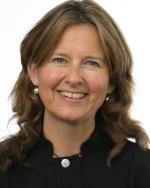 It’s such an honor to begin my service here at UU Santa Monica as Intern Minister. I’ve had a warm welcome from staff and congregants alike. Please introduce yourselves and let me know what you love about UUSM. Meanwhile, here’s a little more about me.
It’s such an honor to begin my service here at UU Santa Monica as Intern Minister. I’ve had a warm welcome from staff and congregants alike. Please introduce yourselves and let me know what you love about UUSM. Meanwhile, here’s a little more about me.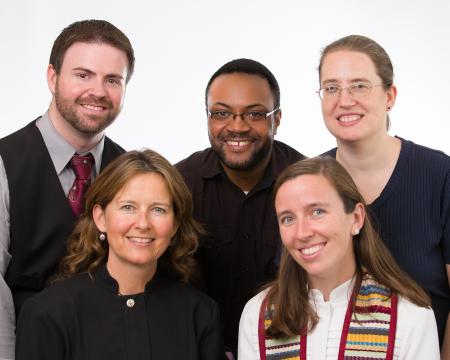 Our Sunday Worship Leaders: Daniel Gledhill (Church Accompanist), Nica Eaton-Guinn (Intern Minister), DeReau K. Farrar (Director of Music), the Rev. Rebecca Benefiel Bijur (Minister), and Catherine Farmer Loya (Director of Religious Education). Photo by Charles Haskell.
Our Sunday Worship Leaders: Daniel Gledhill (Church Accompanist), Nica Eaton-Guinn (Intern Minister), DeReau K. Farrar (Director of Music), the Rev. Rebecca Benefiel Bijur (Minister), and Catherine Farmer Loya (Director of Religious Education). Photo by Charles Haskell.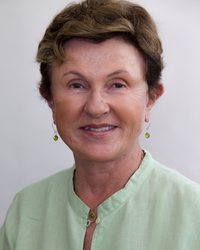 “Policy Governance is a fundamental redesign of church management. It calls on a board to focus on the organization’s vision and goals rather than minutia, and to give staff more freedom in making decisions.”
“Policy Governance is a fundamental redesign of church management. It calls on a board to focus on the organization’s vision and goals rather than minutia, and to give staff more freedom in making decisions.”
Whoa, that would make me stop and think and ask questions!
Perhaps you recall my mentioning Policy Governance in my “inaugural” speech at the Annual Meeting. I mentioned it as a process that might benefit our congregation as we go forward. We can take pride in our accomplishments, thanks to the united effort of our leadership and congregants. It is now an auspicious time to reflect on serving our mission in the best way possible.
At the time of the Annual Meeting, I had only just been introduced to the concept but it made sense to me and also seemed inspirational. Leadership roles are carefully defined: Oversight belongs to the Board; Management is the staff’s sphere; Discernment (i.e., articulating mission and vision) and strategy (i.e., making the big choices) are shared with the Board, staff, and congregation.
I began by reading “Reinventing Your Board” by John and Miriam Carver, the authors of the formal model for Policy Governance, also known as the Carver model. The model is intended to apply to all non-profit boards and is written as such, so it must be interpreted for UU churches. At General Assembly, I talked to congregations who had implemented Policy Governance (including the UUA) or were in the process of doing so. I also got some useful feedback from our district representatives and was introduced to “Governance and Ministry; Rethinking Board Leadership” by Dan Hotchkiss, a UU minister. The latter is far better for our purposes.
The Board is in a process of education that will proceed slowly with careful deliberation and with help from the district. Currently, the Board is educating itself by reading and discussing the Hotchkiss book. Ultimately a change in the way we do things will only happen by a vote of the congregation, but I feel that we will benefit from the process no matter what.
Many ask me what Policy Governance is. It is difficult to articulate a succinct statement that really explains it, so I offer you a gift. If you are interested in Policy Governance as it might apply to our church, I will happily give you a copy of Dan Hotchkiss’s book that you may keep, underline, and annotate as you wish. I hope it will inspire dialog and good ideas. Please contact me if you are interested.
I’ll be keeping you informed as we go forward. Honestly I am excited about where this effort will take us!
— Patricia Wright
Call for a Humanist Banner
 In Spring of 2013 noted Humanist author/blogger and LGBT activist James Croft stepped to the podium of UU Santa Monica, looked around the Sanctuary, and said, “I love your worship space. These banners are beauti…wait! Where's your Humanist banner?” Where, indeed? The symbols of most of the world's faith traditions festoon the upper walls of our Sanctuary, but in James' (and, no doubt, many UUs') view, there was something missing.
In Spring of 2013 noted Humanist author/blogger and LGBT activist James Croft stepped to the podium of UU Santa Monica, looked around the Sanctuary, and said, “I love your worship space. These banners are beauti…wait! Where's your Humanist banner?” Where, indeed? The symbols of most of the world's faith traditions festoon the upper walls of our Sanctuary, but in James' (and, no doubt, many UUs') view, there was something missing.Towel Stampede!
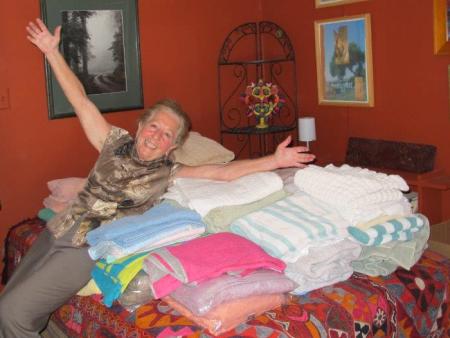 Beverly Allison with some of the many towels for the homeless donated to OPCC at the Towel Stampede in her home on August 24. Peggy Kharraz helped organize the event, which attracted about 45 people. Photo courtesy of W. Murrell.
Beverly Allison with some of the many towels for the homeless donated to OPCC at the Towel Stampede in her home on August 24. Peggy Kharraz helped organize the event, which attracted about 45 people. Photo courtesy of W. Murrell.Reminder: It's renewal time for the Scrip program at Ralph's
Announcements, Order of Service and Newsletter Submissions
Film Reveals Risks Confronted by Central American Children Migrants
 The documentary “Which Way Home,” presented Sunday, August 10, by the Peace and Social Justice Committee of Faith in Action, graphically demonstrates the dangers experienced by children from Honduras, El Salvador, and Guatemala attempting to migrate to the United States. For many migrants, this involves riding on top of la bestia — the beast — freight trains through Mexico to the U.S. border, where they risk falling and losing a limb or even their lives, as well as robbery, extortion, and/or rape by drug gangs.
The documentary “Which Way Home,” presented Sunday, August 10, by the Peace and Social Justice Committee of Faith in Action, graphically demonstrates the dangers experienced by children from Honduras, El Salvador, and Guatemala attempting to migrate to the United States. For many migrants, this involves riding on top of la bestia — the beast — freight trains through Mexico to the U.S. border, where they risk falling and losing a limb or even their lives, as well as robbery, extortion, and/or rape by drug gangs.“Detention Stories: Life Inside California’s New Angel Island”
Take Back Adelanto
IF THE SHU FITS: Voices from Solitary Confinement
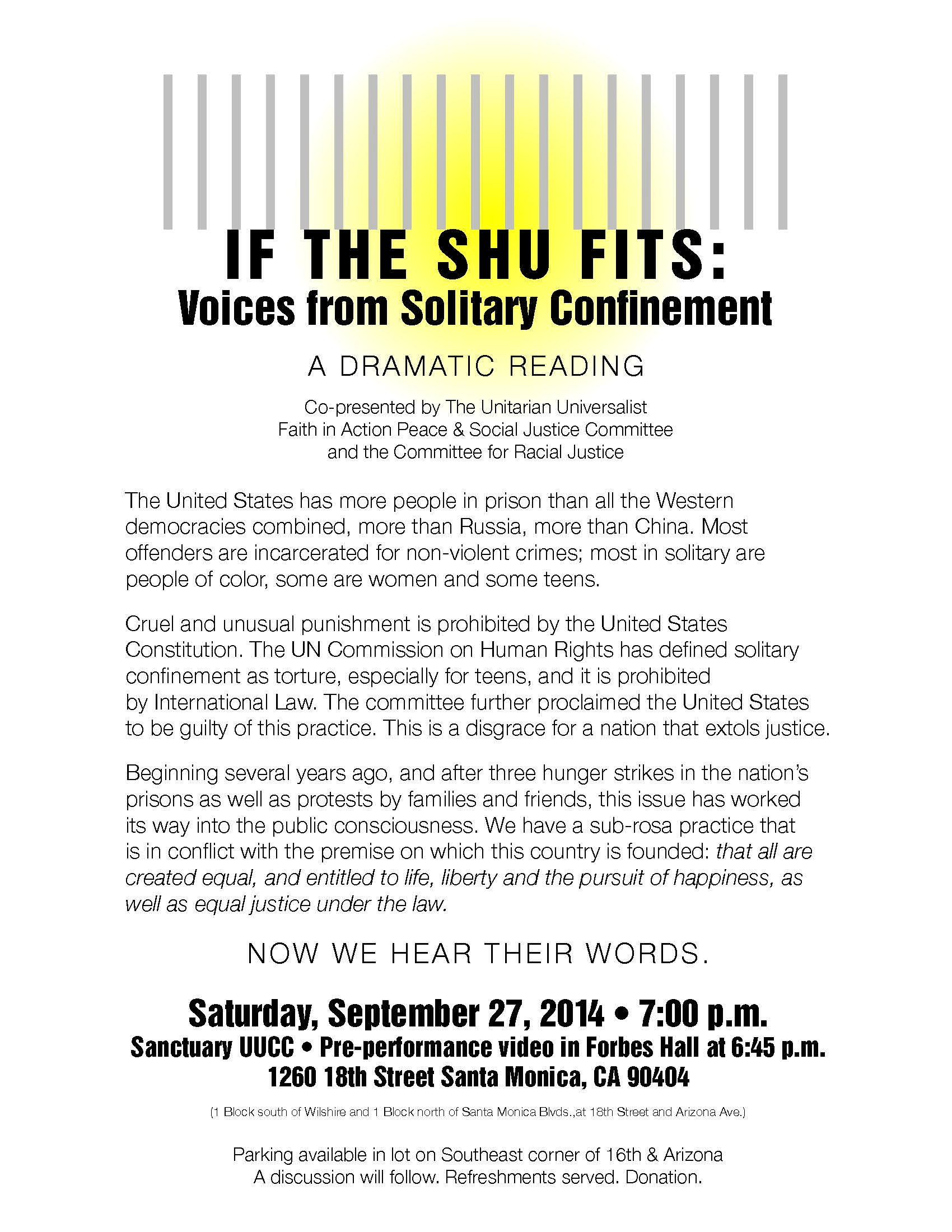
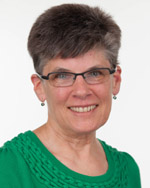 Meeting of August 12, 2014
Meeting of August 12, 2014
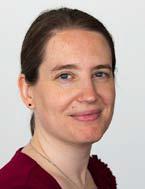 From Our DRE
From Our DRE
Love
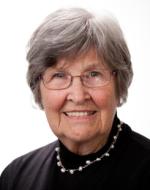 Bettye Barclay has provided this list of weekly thoughts about our ministerial theme for September. Daily thoughts are published in the weekly email announcements.
Bettye Barclay has provided this list of weekly thoughts about our ministerial theme for September. Daily thoughts are published in the weekly email announcements.Adult Religious Exploration
Owning Your Religious Past
Bluestockings: A Feminist Salon
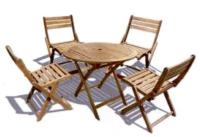 Patio Chat
Patio Chat
Wednesday Night Writers
A welcoming space for all writers, regardless of prior writing experience or expertise. Join us September 10 and September 24, 7 p.m., Forbes Hall for writing, helpful critiques, and moral support. Unlock your creativity! No sign-ups required — just show up!
Long, Strange Trip: A UU History:
Our six-part video and discussion series, about the history of Unitarian and Universalist thought from the beginning of the Christian era to what we know today as Unitarian Universalism, returns on Wednesday, September 17, 7 p.m., in Forbes Hall.
We will screen “Part V: Evolution.” This episode follows both Unitarianism and Universalism through the late 19th and early 20th centuries as they evolve from Christian Bible-oriented religions to our present-day non-creedal movement. Highlights of the hour-long video include:
- Discussion of influences as diverse as Charles Darwin’s “On the Origin of Species,” the Civil War, feminism and suffrage, and the Social Gospel;
- The roles of Mary Livermore, Julia Ward Howe, Henry Whitney Bellows, Antoinette Brown, Olympia Brown, Celia Burleigh, Jenkin Lloyd Jones, Mary White Ovington, John Haynes Holmes, and Clarence Skinner.
The screening will be followed by guided discussion.
You are welcome to bring your own brown-bag supper for pre-workshop socializing at 6 p.m. before the screening begins. Childcare is available on request. Sign up in Forbes Hall at the LRE table after Sunday services.
Programs for Children and Youth
On Ingathering Sunday, September 7, we’ll celebrate the beginning of a new church year together as one community of all ages, where “Love Reaches Out” — all will attend the service in the sanctuary. Then on the September 14, all children and youth who attend will take part in a special Social Justice project, while many of our church families are enjoying the church camp weekend at Camp de Benneville Pines. RE Classes will begin on Sunday, September 21. No matter the age of your child, we have something exciting in store this year:
Preschool: “Chalice Children” celebrates the wondrous qualities of the children themselves and expands outward to the community around them. This program helps young children learn what it means to be a Unitarian Universalist and creates a sense of connection to nature and the universe. Using a chalice theme, children learn about their religious community, engage in sharing with others, and explore a sense of belonging.
Kindergarten to 2nd Grade: “Spirit Seekers” shares core stories of our faith, focusing this year on Sacred Stories from many religious traditions, and touches also on our monthly all-church ministry themes as well as the 7 UU Principles. We’ll engage children in stories and activities to help them make meaning of their lives, grow a strong UU identity, and create a spiritual community together that honors multiple learning styles and celebrates beauty in diversity.
3rd to 5th Grade: “The UUniverse Story” How do we know what we know? All meaning stories, origin stories or creation myths, regardless of time or setting, have been a reflection of all the knowledge and technology available to its particular culture. This curriculum, developed by UUSM members Ian Dodd and Margot Page, is designed to celebrate what we know in the 21st century and to nurture a sense of awe and wonder for the world around us through a hands-on, science-based curriculum intended to give an appreciation of the incredible achievements of our species to understand the world and our place in it. Kids will engage our UU Principles, history and values as they explore the Big Bang and the origins of the Universe, the chemistry of life, the ideas of evolution and change over time, and the interconnectedness of all people from our shared ancestry with each other and every other life form on the planet.
6th to 7th Grade: “Interfaith Quest” is a brand new two-year comparative religions course that takes participants outside of our own walls to learn about the world’s religions through building relationships and doing interfaith service work with youth from a variety of religious traditions. Participants will reflect on the unique and universal aspects of religious experience, explore their own values as they relate to many other faith traditions, and increase their appreciation of religious diversity. The concept for this new course was inspired by the book “Acts of Faith: The Story of an American Muslim, in the Struggle for the Soul of a Generation” by Eboo Patel. Mr. Patel’s experience taught him that when youth from faiths who share the common value of doing good work in the world come together to work cooperatively on a service project, it not only helps to break down barriers of misunderstanding, but also deepens one’s own faith through sharing it with others
8th Grade: “Coming of Age” provides opportunities for youth to learn who they are and where they are on their spiritual journey, bond with other teens, celebrate their gifts, learn about the church and how it works, and articulate their own personal beliefs within the context of our UU faith. The year culminates on Coming of Age Sunday, May 17, when the youth will present religious credo statements before the congregation in a worship service of their own design.
9th to 12th Grade: “Young Religious Unitarian Universalists (YRUU)” empowers teens, with the guidance of adult advisors, to create their own vision and mission for their program. YRUU youth will explore what it means to be young and UU, how our UU principles inform how we live our lives, and what power young UUs have to change the world. YRUU also takes part in social justice projects, organizes social gatherings, and will plan and lead a Sunday worship service for the congregation.
YRUU Summer Service Trip
 For those of you who were unable to attend YRUU's service on Sunday, August 17 -- “Esperanza/Hope — Reflections on the Youth Trip to Mexico," here are Paice Van Ooyen and Jake Weiner's perspectives on the trip along with some photos.
For those of you who were unable to attend YRUU's service on Sunday, August 17 -- “Esperanza/Hope — Reflections on the Youth Trip to Mexico," here are Paice Van Ooyen and Jake Weiner's perspectives on the trip along with some photos.
Every Year YRUU goes on a summer trip. When we were deciding where to go on this year's trip we all wanted to do something along the lines of last year's service trip to New Orleans. We chose to go to Mexico and build houses with a group called Esperanza. When the time came we all carpooled down to the border, parked the cars and walked across the border. I found this to be a bit of an odd experience mostly because I was not really sure when we had officially entered Mexico. No one checked our passports or anything; I saw nothing that signaled that we were in a different country. I was sure we were across when we were waiting for our bus. The bus took us to the Esperanza facility (which was a nice place). The next few days required lots of physical and difficult work. The first day we built the walls of a house which involved carrying cinder blocks and pouring cement (and there were some puppies on site that kept every one smiling). The second day we poured a roof; we poured more cement and carried buckets of cement in a line through wooden beams and up stairs. This was challenging but we had lots of help from a college group that was working with Esperanza at the same time. On the third and final day of work we poured another roof. This time we (collectively with the college group) carried the buckets of cement up scaffolding and poured it. At the end of each day we had time to talk to the families that would be living in the houses. On our last day in Mexico we went to some shops by the beach and each bought some pretty cool stuff. Then we had some lunch and headed to the border. The crossing back into the U.S. was a different experience than going in to Mexico. We waited in lines for hours and at the end they checked our passports and asked some of us questions but it wasn't too bad. And we all got home safe, happy, and full of new memories to cherish.
— Paice Van Ooyen
Like every object in the known universe a whole comprises many smaller units. To build a house you must first make cement and then pour the roof. However before you can pour a roof you must build walls, and before you can build walls you must have a lot of bricks. Bricks can easily be taken for granted. In fact when I first arrived at the worksite I wondered why the bricks weren’t delivered closer to the foundation of the house. Bricks like people do not serve a purpose unless they all stack up in perfect harmony.
Fortunately for me, I was able to experience every step in the process of building a house. On the first of three building days in Tijuana, our YRUU team arrived at a site where a foundation had already been built and bricks had been stacked so they were ready to be used. Endless stacks of bricks lay 30 feet away from the foundation. As individuals it could have taken the entire day to move all of the bricks and there would be a high likelihood of injury. Instead of working as individual units we worked together as a whole team and created a line where the bricks could be passed along with each individual doing their part to help the whole.
Teamwork seemed to be an overlying theme for the entire trip: everything we did from working with the college kids to pour the second story roof, to our chores on a daily basis, and even the artistry that was unsynchronized unswimming from our second annual talent show (which I hope no one will ever have the pleasure of watching).
All three days we worked while in Mexico we went to a different location and each day we poured concrete. In other words, we knew nothing else. We found out later from the college group that we were extremely lucky to do something as fun as pouring concrete as it was rare you could do something where you can actually see your progress. They hadn’t poured concrete in weeks. The first day we poured concrete into the walls we had just built. This was a grueling endless process with tons of buckets full of rocks and sand that had to be transported to people who would then hoist them into the cement machine. If you did not cleanly pour the bucket and your arm touched the walls of the mixer it would cut right through your skin instantaneously. The first day we had mixed and poured ten bags worth of cement. The next morning when we arrived at the site not only were there nearly fifty bags of cement but we would also have to transport them up stairs onto the roof. This task with the help of the college kids remarkably took only 3 hours but I can tell you for a fact that there was not one portion of my body that was not caked in cement powder and only after hours of scrubbing did my face return to its original shade of white.
Two days after our brick brigade I found out why we had to move those bricks. Bricks which look so expertly crafted are not delivered but rather made by a team of at least ten people shoveling and moving hundreds of buckets of sand, cutting open bags of cement powder, pouring buckets of water and shoveling wet cement into the brick press. It all begins with a gigantic mountain of sand, 5 hearty shovels will generally fill a bucket and each load of cement requires 5 bucketfuls transferred from the top of the mountain over a fence to the people running the cement machine (note: we learned the importance of lifting with our legs, especially when it came to lifting 40 pound buckets over a 4 foot fence).
-- Jake Weiner
